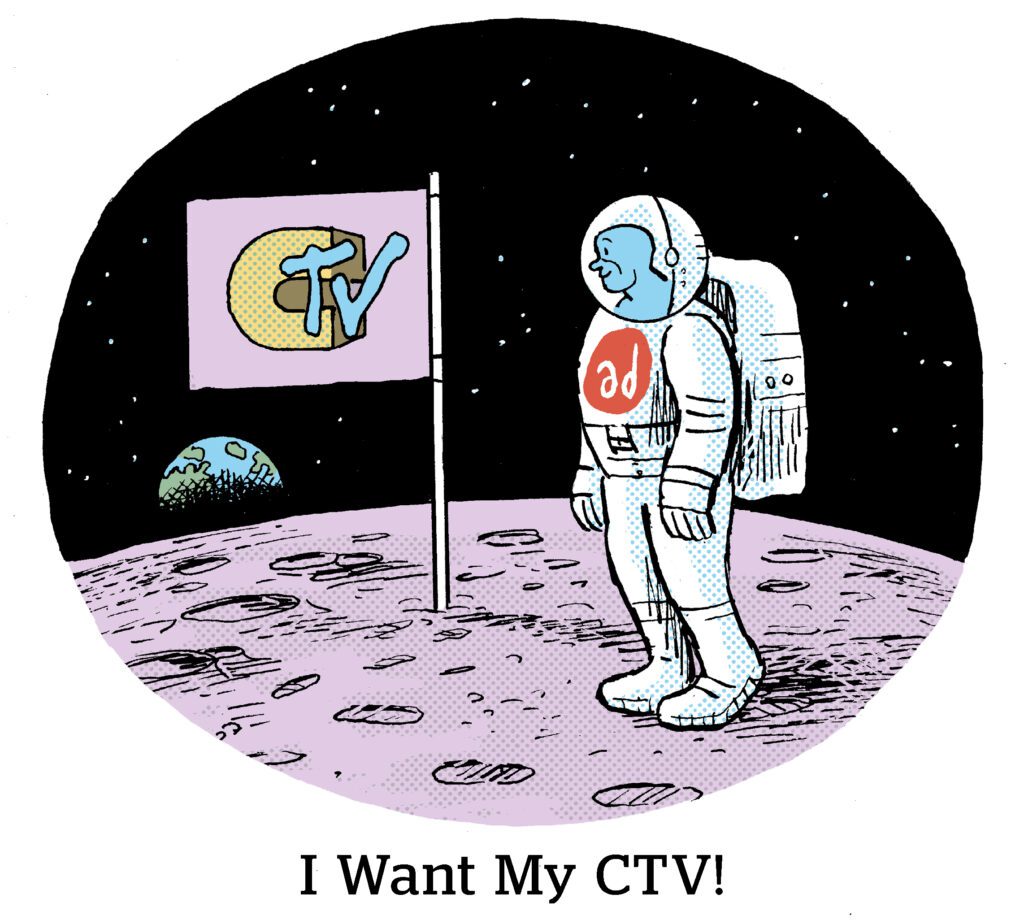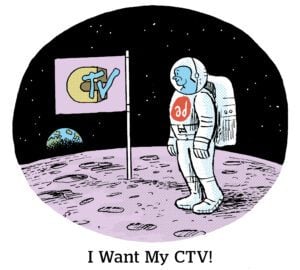Connected TV is still Magnite’s golden goose.
But, although CTV’s share of Magnite’s business continues to grow, the company actually rode a surge in non-CTV spending to hit $187 million in Q4 revenue, a 7% year-over-year increase.
Magnite’s Q4 numbers, alongside PubMatic’s from earlier this week, are more evidence that advertisers are back to spending after a year-plus marked by economic uncertainty.
Total ad spend from deals transacted through Magnite’s platform topped $5 billion for the full year, representing nearly 20% YOY growth, while full-year CTV ad spend was also up 20%.
CTV’s growing share
Magnite’s revenue breakdown reveals just how important CTV has become for the company. CTV represented roughly one-third of its business as of Q4 2022, but was nearly 40% this year.
Contrast that with PubMatic, which made 34% of its Q4 revenue from omnichannel video – which includes both CTV and online video.
Magnite’s total revenue minus traffic acquisition costs was $165.3 million in Q4, up 6% YOY. CTV was responsible for $63.5 million of that.
The company’s DV+ business, which includes display, online video, native, audio and DOOH – basically, everything other than CTV – contributed $101.8 million for the quarter.
CTV made up 38% of revenue in Q4, while 44% came from mobile and 18% from desktop.
Despite CTV’s growing share of the revenue mix, revenue attributable to CTV was actually down 2% YOY in Q4, whereas DV+-related revenue was up 11%. However, CTV did see a rebound from Q3’s disappointing $52.5 million contribution to revenue.
Magnite generated $549 million in total revenue in 2023, up 7% YOY, with CTV bringing in $219 million, up 2%. The DV+ business also performed well for the full year, contributing $331 million in revenue at a 10% growth rate.
CTV growth drivers
CEO Michael Barrett attributed the strong CTV showing to partnerships with Roku, Warner Bros. Discovery, Paramount, Disney, Samsung, LG and Vizio.
And he said Amazon Prime Video’s pivot to an ad-supported business in January could prompt new advertisers to enter the CTV market, which could also drive future growth for Magnite’s business.
Barrett also identified CTV’s penetration into live sports, which is increasingly being monetized programmatically, as another growth driver.
In response to an investor question, Barrett denied that Magnite’s strong CTV performance in the quarter was because of an increase in its take rate. Instead, he pointed to macroeconomic trends – namely, the return of ad spending and the continuing shift of budgets away from linear and toward streaming. He also touted Magnite’s efforts to diversify its CTV product mix, such as through its ClearLine direct-to-publisher connections.
Barrett declined to reveal details about ClearLine’s adoption until later in the year. He did say, however, that Magnite’s SpringServe ad server, which is what ClearLine was built on, will continue to be a differentiator for its business and a foundation for future programmatic CTV products.
The cookie question
But enough about CTV. We can’t let a major SSP’s earnings report pass without some mention of the industry’s other hot topic: third-party cookie deprecation.
Barrett declined to share any insights from Magnite’s early tests of Google’s Privacy Sandbox APIs or what effect Google’s phaseout of cookies for 1% of Chrome traffic is having on its business.
“It’s too hard for us to see a signal of a 1% deprecation on a platform that does a trillion-plus ad requests a day,” Barrett said.
He added that Magnite feels it’s prepared enough to weather the end of third-party cookies because it has integrations with alternative identity solutions. Magnite also plans to “fully support Privacy Sandbox,” he said.
“As long as ad budgets aren’t going to be cut, which we don’t believe they will, we’ll have plenty of inventory to sell to marketers,” Barrett said. “Even if there’s a CPM decline, we’ll be able to make it back up in volume.”

















